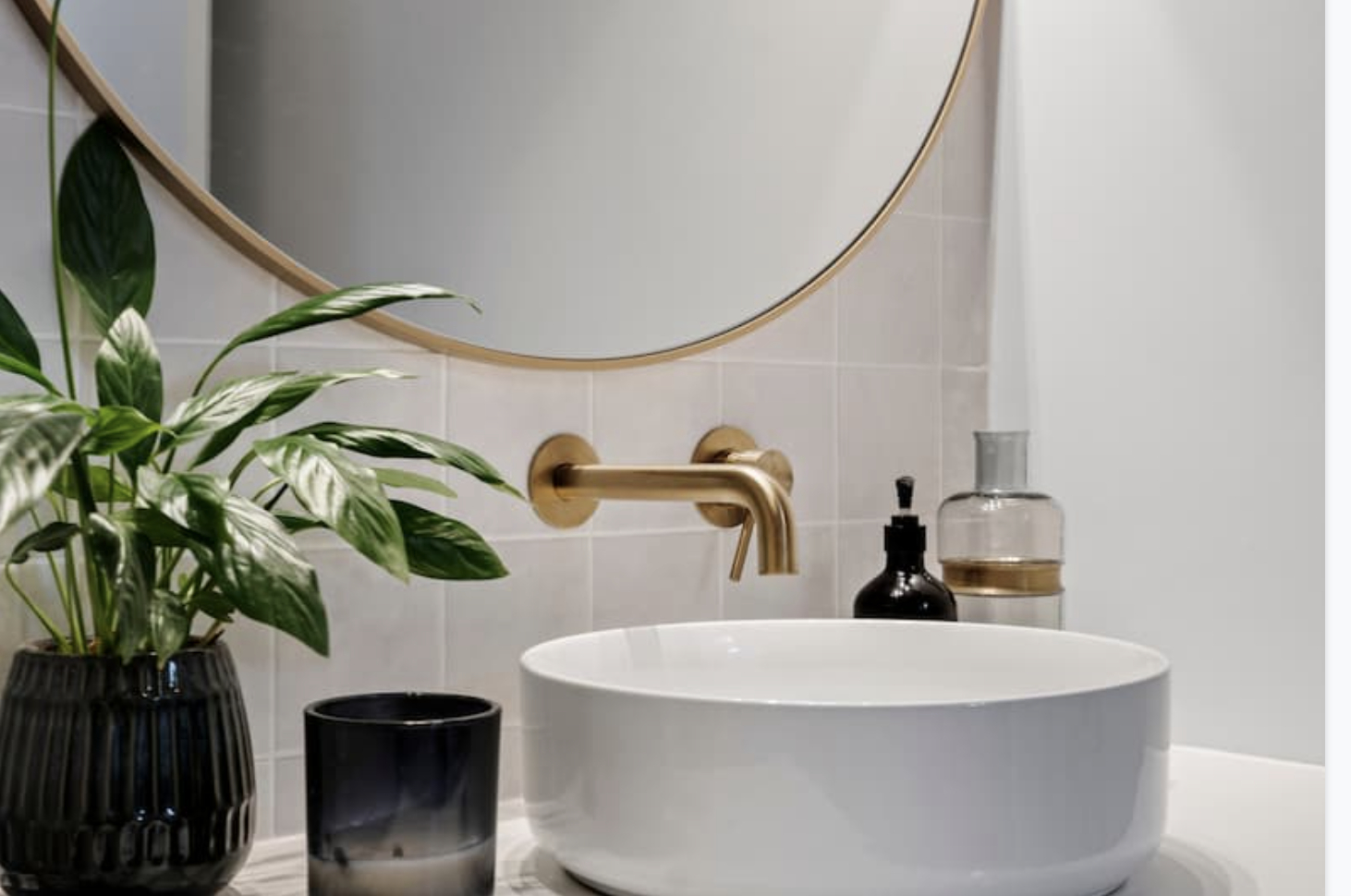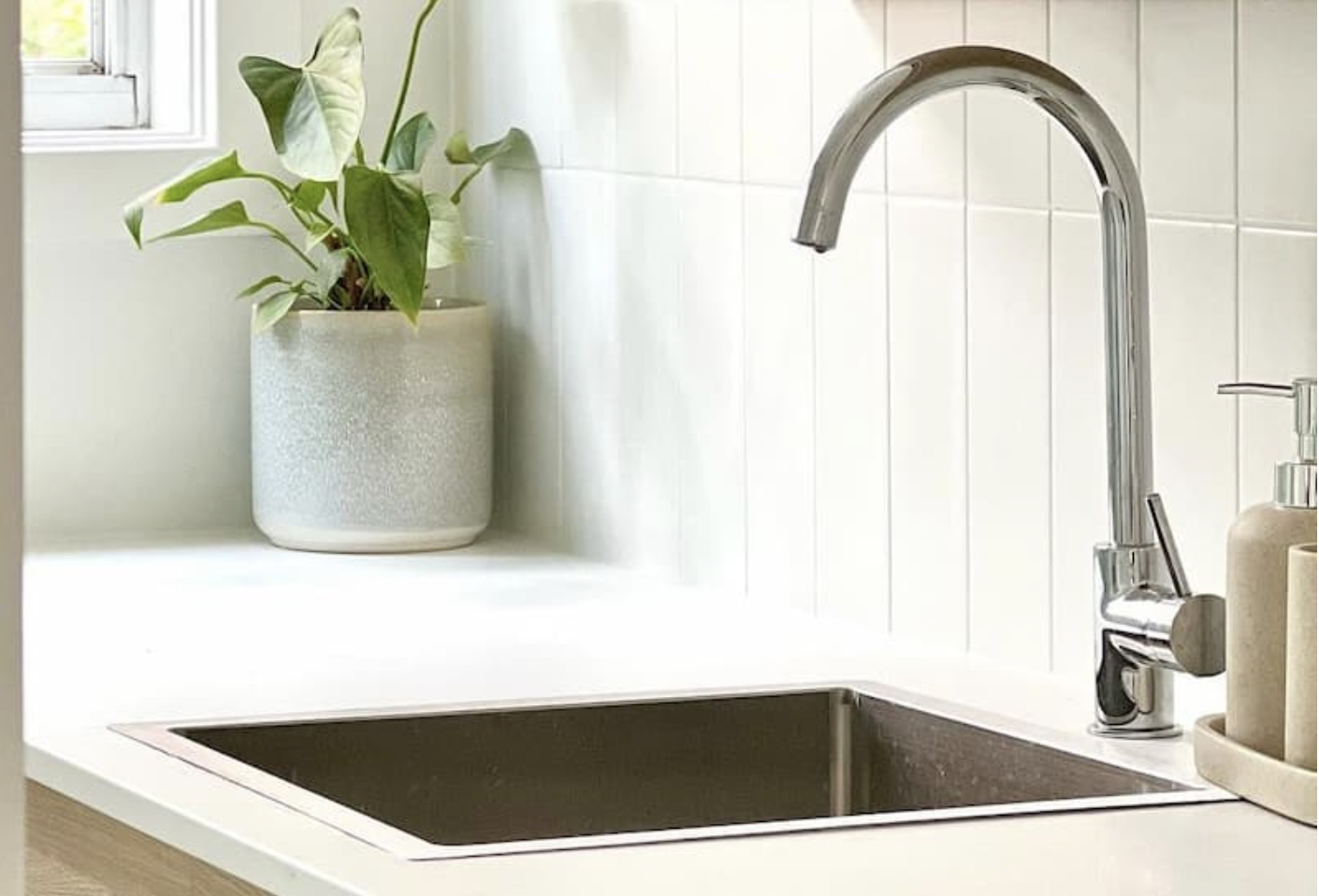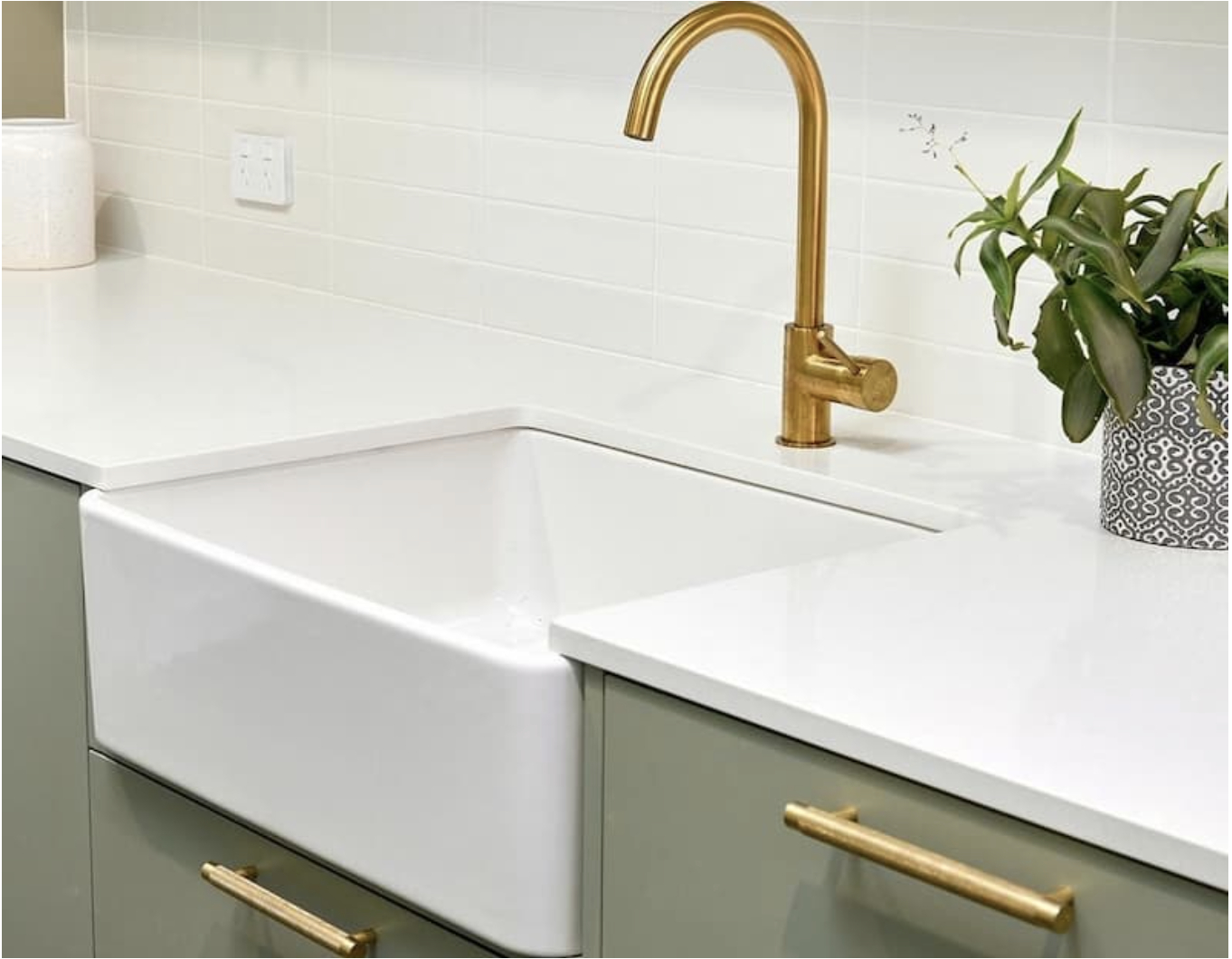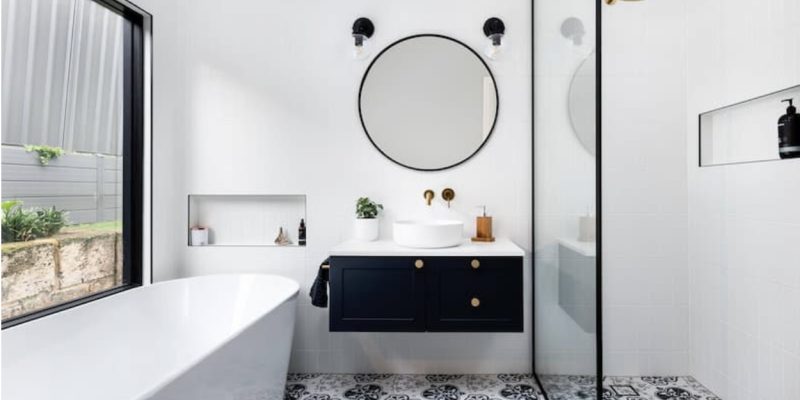Any type of renovation is a difficult process. However, the stakes are usually higher when it comes to the bathroom, a room that must be both functional and useful, serene, and ideally, a bit luxurious. From the bathroom floors to the lighting, many decisions to make along the way.
The basin is a significant component of bathroom decor that is often overlooked. That said, your choice can significantly affect the bathroom’s appearance as a whole. Since it’s in a space that needs to serve several people, the sink must be practical and meet everyone’s demands. But how do you choose from the many models available?
Some units are more suitable for a master bathroom, while others are a better fit for a guest bathroom, half-bath, or powder room. That said, here is a list of some of the most popular types to assist you in determining which one is best for your bathroom.
Style
Countertop

In contemporary or minimal bathroom designs, you can often find countertop basins. They usually come in conjunction with a tall tap or a tap that is wall-mounted or rests on top of a work surface or shelf.
Nowadays, you can find countertop basins for bathroom in a variety of beautiful shapes, sizes and finishes. When saving space is not a top priority, a countertop sinkcan be a charming feature for a bathroom. They’re simple to install and are great for containing water splashes.
Wall-Mounted
These sinks are mounted straight to the wall without the need for a vanity or countertop. They take up very little space, making them ideal when you have a tiny bathroom to work with or want a minimalist look.
Although the plumbing components are exposed, many owners love this since it creates an industrial or retro feel. And while wall-mounted basins aren’t used with a built-in cabinet, they allow for inventive storage solutions.
If you need to complete all installation procedures yourself, this bathroom sink is also very simple to install.
Undermount

Undermount models are attached to the countertop from below. The rim of the sink fits perfectly inside the gap in the countertop. So, once it is in place, the sink and countertop appear to be one piece.
The under-mounted sink will look seamlessly integrated with the countertop if the installation is neat and the edges aren’t visible. This type of basin also offers numerous opportunities to create a stylish wash unit by combining various hues and materials.
Topmount
Topmount sinks are installed into the countertop from above, as opposed to the previously mentioned under mount sinks. They typically have a rim on top of the surface to prevent them from falling through the opening.
Mounting clips or caulk beads are frequently used to mount these sinks. Although the rim’s inclusion in the design serves practical purposes, it also adds texture and an element of relief to the overall look. Choosing a counter and basin in the same colours will create a cohesive look.
Semi-Recessed

These units are carved out of the stone slab and, as a result, are partially recessed. It means the countertop and the sink are generally a single piece made from the same material.
Semi-recessed basins are only slightly sunken and don’t go all the way down, unlike a fully recessed sink. Therefore, they are the perfect middle ground. Faucets and other plumbing fixtures are often mounted on the wall above these basins.
Pedestal
A pedestal supports this type of sink. The plumbing is also hidden inside the pedestal. Pedestal sinksare a popular choice since they are reasonably priced and long-lasting. The deep basins are a practical option that matches both traditional and contemporary bathrooms.
Material

In addition to different styles, sinks can also be made from various materials. Here are a few options to consider.
Ceramic
Ceramic is a common material used to make sinks as it offers a stain-resistant surface that is simple to clean and prevents dirt from penetrating deeply enough to become challenging to remove.
Stainless Steel
Bathroom sinks made of stainless steel are very sturdy and do not rust. The ease of cleaning is another great benefit. They are inexpensive and also environmentally friendly because you can recycle them. Sinks made of stainless steel are also very light and retain their shine after each wipe.
Resin
In addition to highlighting the bathroom’s colour and design, resin sinkscan also maintain their colour for a very long time and are resistant to scratches and stains. They are expensive but well worth the money.
Glass
High-tempered glass, as opposed to regular glass, is stronger and more heat-resistant. As a result, this type of glass can be used to make sinks. Glass sinks come in a variety of colours as well as transparent, translucent, and opaque forms.
While these bathroom elements are easily stained by hard water spots, it’s simple to wipe them off. The basins are sturdy and will only crack or break if dropped or handled carelessly.
Size

Bathroom sinks are available in many different sizes, so there are no standard sizes. After choosing the best style and material for your needs, the size should be determined by the space available in your bathroom and the number of people that use the sink simultaneously.
As a rule of thumb, the size of a bathroom sink should be about 40 to 50 centimetres in diameter. An oval or rectangular-shaped model can be about 50 to 63 centimetres from one end to another. As for depth, the basin should be about 15 centimetres deep.
Colour
When choosing a colour, consider the overall palette of your bathroom accessories and fixtures. Which colour combinations will work best? Additionally, for countertop sinks consider the visual effect you want to achieve between the colours of the countertop and the sink. Do you want them to stand out or blend?

















